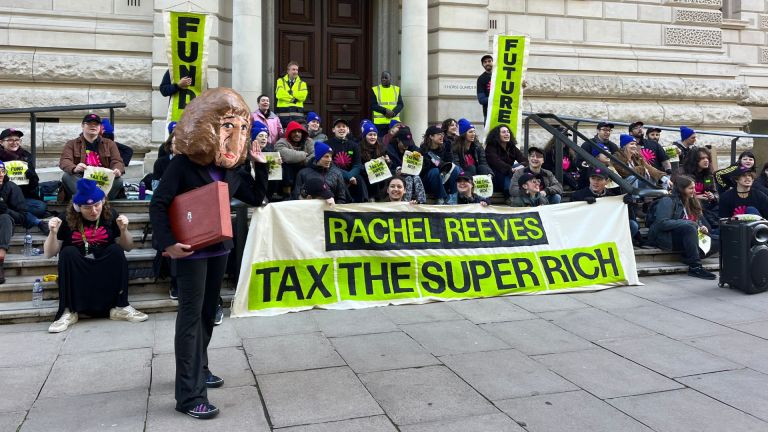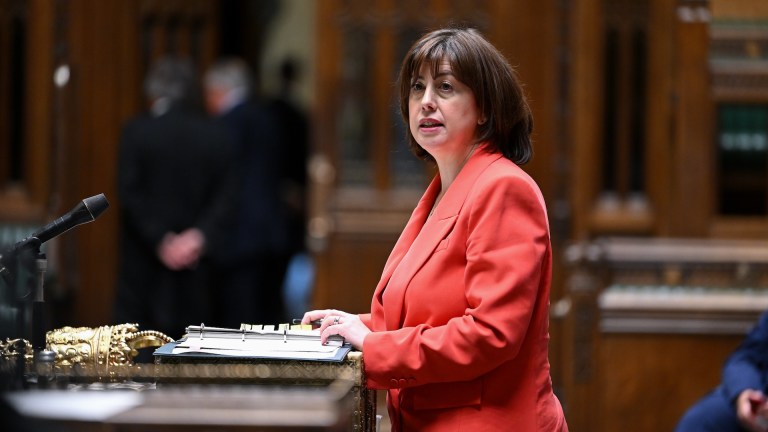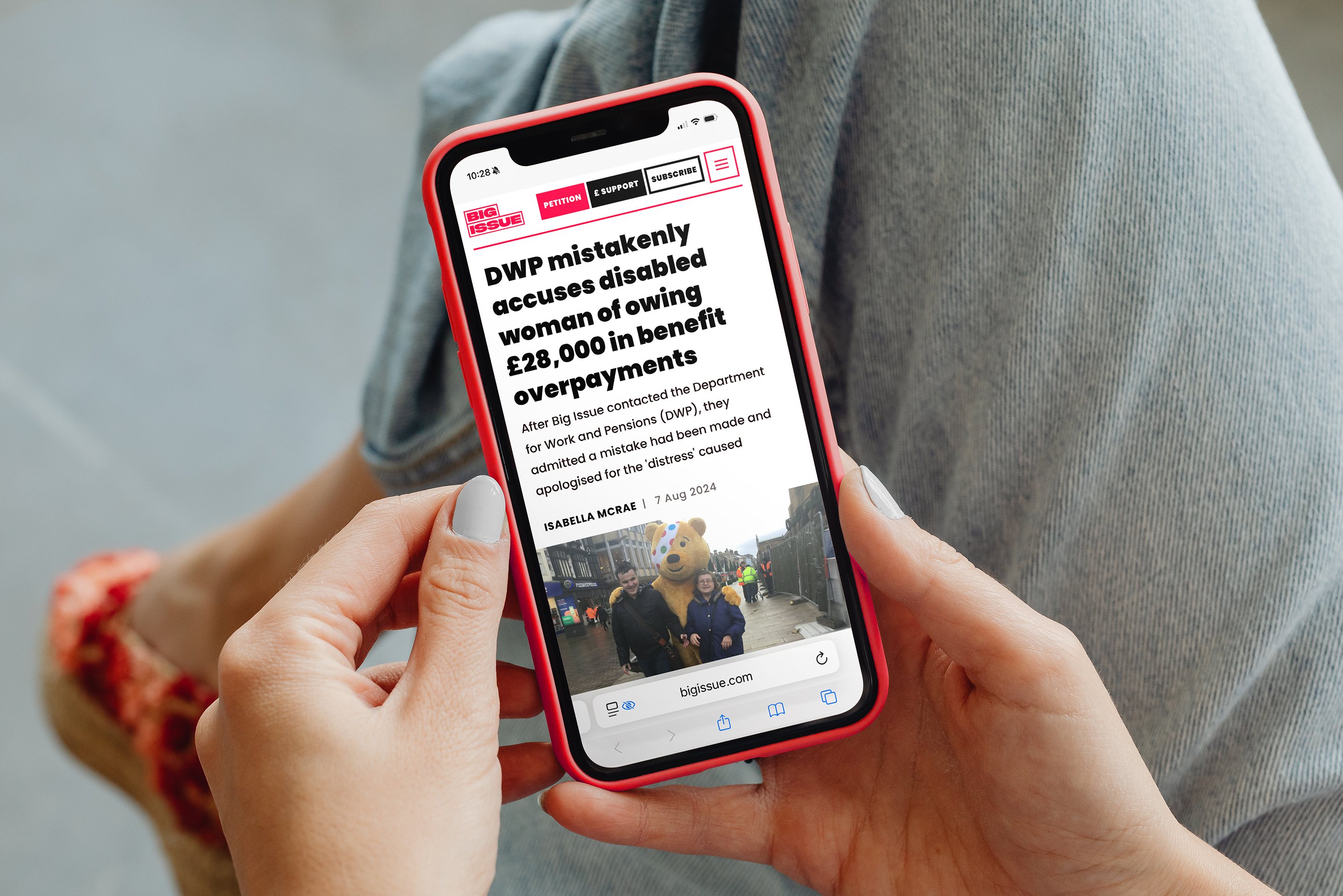“I’d never wear a watch in London any more. You can’t have your phone out in London, in my view.” That is the recent take of former Liverpool midfielder Jonjo Shelvey. Born in East London, though with a family home in the north east, he has moved to UAE. He added, “I don’t want my children growing up in England any more.”
He’s not alone. After Leicester footballer Ashleigh Plumptre moved to the Saudi club Al-Ittihad – where same-sex relations are illegal – she admitted she’d lost the trust of LGBTQ+ fans and “deeply hurt” people. But, she said, compared to the UK, “With the safety I feel I can’t agree with some of the views the western world have of this place.”
The idea that Britain is buckling under a heavy and uncontrollable crime wave is perpetuating. Those taking part in protests and attacks on asylum hotels frequently blame the fear of attacks in communities, particularly attacks on children and women.
Shadow justice secretary Robert Jenrick, who is absolutely NOT gunning for Kemi Badenoch’s job, uses crime as his political MacGuffin. Conflating several issues at once, he warns, “our country cannot have no-go zones,” mostly due to what he sees as lack of integration.
Voices of warning are not just internal. “Crime in London is through the roof,” Donald Trump said on his recent visit to the UK.
Do all the bleak warnings come from places of fact? What does the data say about the crime-ridden island we all share?






